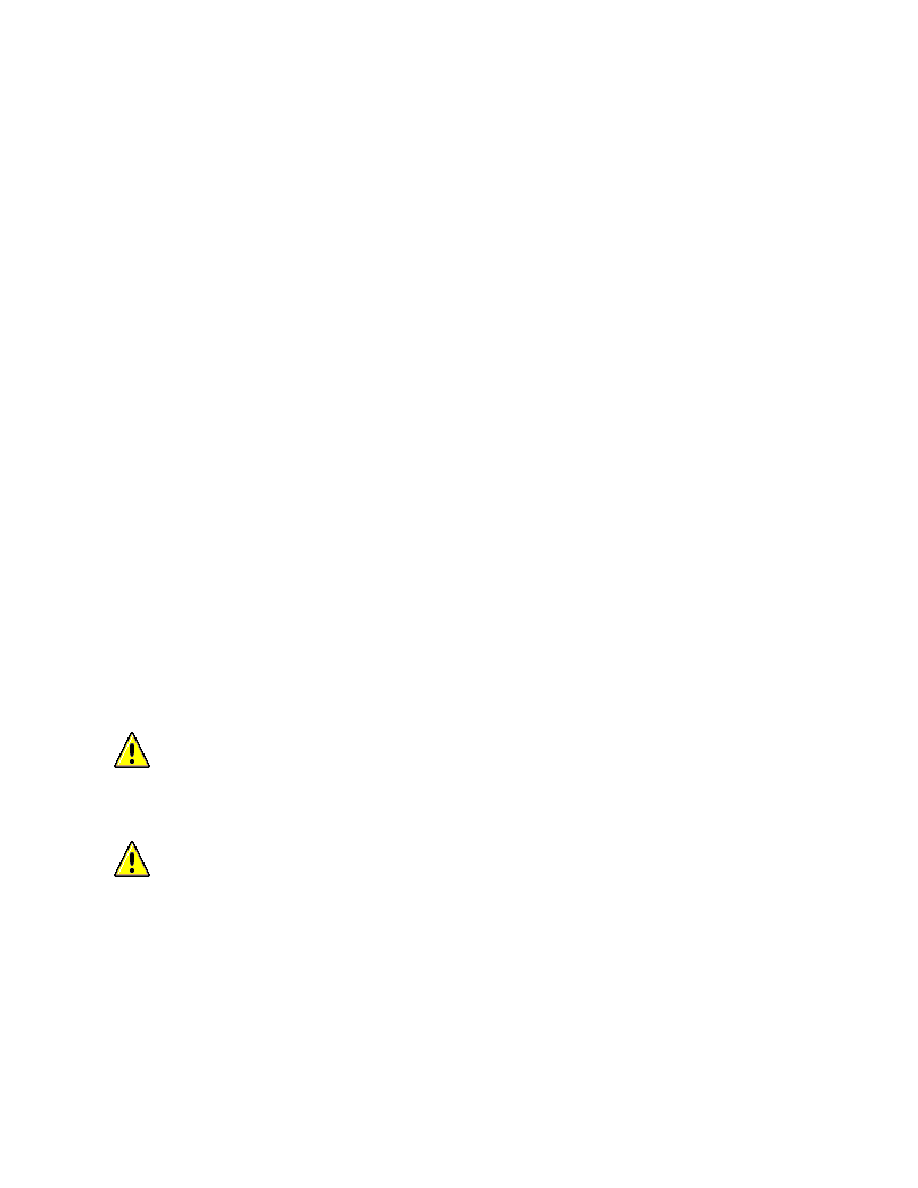LR3/Disco 3

l
Discard all seals and 'O' rings and replace with new when reassembling.
l
Use suitable marker ink to identify mating parts, do not use a scriber or centre punch as they could initiate cracks
or distortion.
l
Wire or tape mating parts together where necessary to prevent accidental interchange.
l
Suitably identify parts which are to be renewed and to those parts requiring further inspection. Keep these parts
separate.
l
To ensure that the correct replacement part has been obtained, do not discard a part due for renewal until after
comparing it with the new part.
Cleaning components
Always use cleaning agents which are suitable for the work being undertaken and the components being cleaned.
NEVER use gasoline (petrol) as a cleaning agent (degreaser). Always ensure that the component being cleaned is
compatible with the cleaning agent.
Always follow the manufacturer's instructions regarding the use of cleaning agents and ensure that the environment in
which the work is being undertaken is suitable. See Health and Safety Precautions for further information regarding
cleaning.
General inspection of components
All components should be inspected for wear or damage before reassembling.
l
Always ensure that component to be inspected is clean and free from oil or grease.
l
When a component is to be checked dimensionally against design specified values, use the appropriate
measuring equipment i.e. micrometers, verniers, surface plates, dial test indicators (DTI).
l
Always ensure that all measuring equipment is correctly calibrated before use.
l
Reject a component which is not within specified values/limits or if it appears to be damaged.
l
A component may be refitted if dimensions obtained during checking are at the maximum tolerance limit and it is
in an undamaged condition.
l
Bearing journal clearances should be checked where necessary using Plastigage.
Joints and Joint Faces
All gaskets should be fitted dry unless stated otherwise. Always fit new 'O' rings when reassembling components, always
apply the specified lubricant to 'O' rings and fit 'O' rings using the fingers only.
Use gasket removal spray and/or plastic scrapers to remove traces of old gasket.
Many joints use sealants instead of gaskets as the sealing medium. Where this is the case, the sealant together with its
part number will be found listed in the relevant repair operation and also in the sealants table.
Do not allow sealant to enter tapped holes or oilways.
Locking Devices
Always replace locking devices with one of the same design and of the correct size.
Tab washers
CAUTION: DO NOT use metal scrapers or emery cloth as these may damage the sealing surfaces.
CAUTION: Always remove all traces of the old sealant prior to reassembly. Use plastic scrapers,
specified solvents where available or dry, lint free cloth. DO NOT use metal scrapers or emery cloth as these
may damage the sealing surfaces. Ensure that sealing surfaces are free from oil or grease as sealants will not
adhere properly to contaminated surfaces.
